Does your PON network have "red bumps"?
Operator A's low light remediation requirements:
The ONU receiving optical power ≥ -25dBm is defined as the optical power reaching the standard
Assessment index: overall ONU optical power compliance rate > 97%
In response to the requirements of ONU optical power remediation, according to the spirit of the group, all provincial companies have included the ONU optical power compliance rate (≥-25dBm) into the annual network integration assessment index, and made it a key inspection content in the inspection. Operator B Weak light treatment requirements:
Specify that the optical attenuation of ODN is less than or equal to 28dB in the whole process.
Assessment indicator: overall ODN line attenuation compliance rate > 96%
B is the first operator to provide FTTH services in China. Due to the lack of engineering specifications and process management in the early stage, and the use of cold connection at the user access end, it is very common for the loss value of the entire FTTH link to exceed the standard.

In response to the requirements of this weak light remediation, it is even proposed that the FTTH line loss (full line loss ≤ 28dB) should reach the standard rate of more than 96% in an all-round way, and use this as the assessment index for units at all levels.
Regardless of A or B, there are FTTH existing users with slow progress in low-light remediation, and at the same time adding new sub-standard users, so the low-light compliance rate has always been stagnant. In order to change this situation, maintenance departments at all levels are looking for instrumentation tools that can improve the efficiency of low light remediation.
Various problems in low light remediation
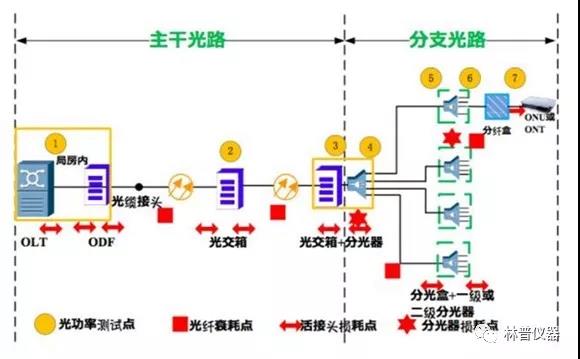
1. Broadband speed increase and IPTV services put forward higher requirements on ODN quality.
2. A large number of ODN optical networks to be transformed are arduous tasks.
3. Rely on multiple sets of test tools: red light pen, optical power meter, OTDR.
4. Combined with the optical attenuation data of the network management, manual analysis and positioning of the ODN fault section are carried out, and the operation and maintenance efficiency needs to be improved.
5. From the ONU to the OLT, each fault point is tested point by point to locate the fault, which is time-consuming and inefficient.
6. The progress of remediation of weak light/light decay of existing users is slow, and at the same time, the stacking of new users that do not meet the standard is stagnant.
7. Solve the problem of unqualified ONU optical power by purchasing a large number of PON high-optical modules. The problem of unqualified optical power can be solved. The improvement of the compliance rate is limited, and the operator's CAPEX is significantly increased.
The market purchase price of PON optical modules increases rapidly with the increase in luminous power: for every 2dB increase in luminous power, the cost increases by 1 to 2 times. According to estimates, the cost of a +8dBm optical module is about RMB 800 higher than that of an ordinary optical module. Considering the 10,000-line OLT, the optical module alone will cost an extra RMB 8 million, which is a huge cost. And such temporary measures do not improve the ODN network in any way.
Causes of low light problems and solutions for improvement
△ The union is severely soiled
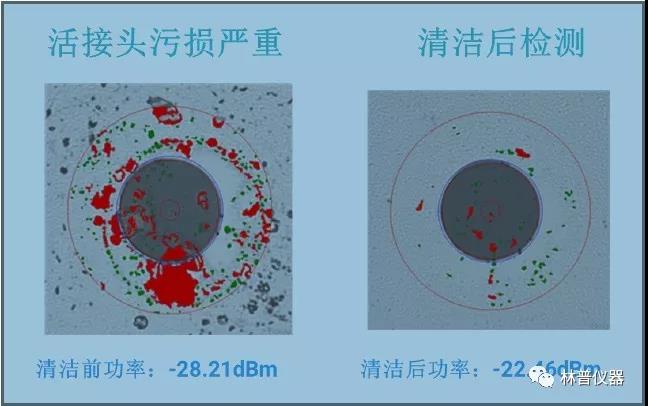
▽ Lifting method
The live joint is cleaned and detected, the ONU receiving light power is increased by 5.75dB, and the weak light problem is solved
△ The end quality of the leather cable is poor
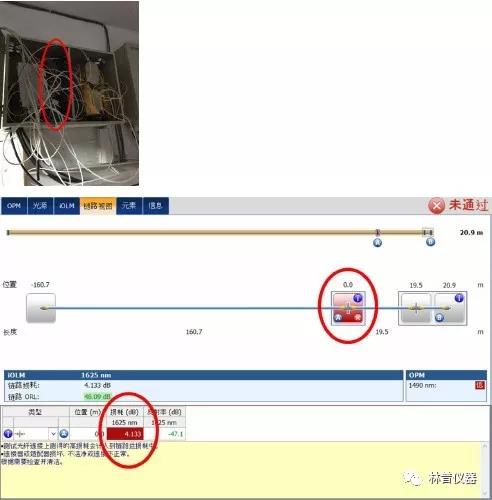
▽ Lifting method
Locate the microbend position of the optical cable and straighten the optical cable. Increase the ONU receiving power by 2.5dB, and solve the low light problem!
△ Splitter port damaged
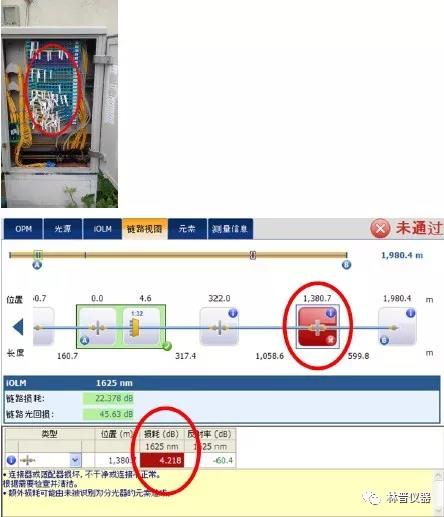
▽ Lifting method
Locate the damaged port of the splitter, replace the port, increase the ONU receiving optical power by 6dB, and solve the weak light problem
△ Outdoor light box joint is damaged
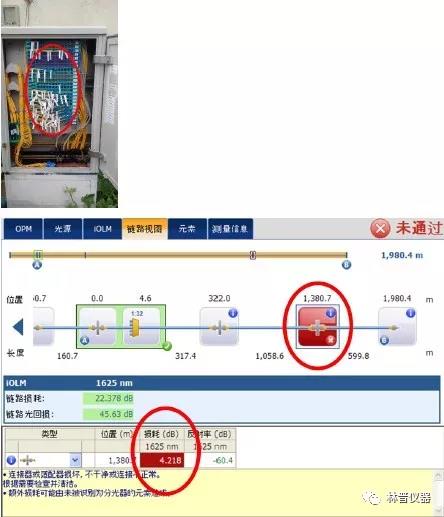
▽ Lifting method
Locate the damaged port of the outdoor optical switch box and reassemble it. The ONU received light power is increased by 4dB, and the low light problem is solved.
△ There are too many splice points in the trunk cable and the loss is too large
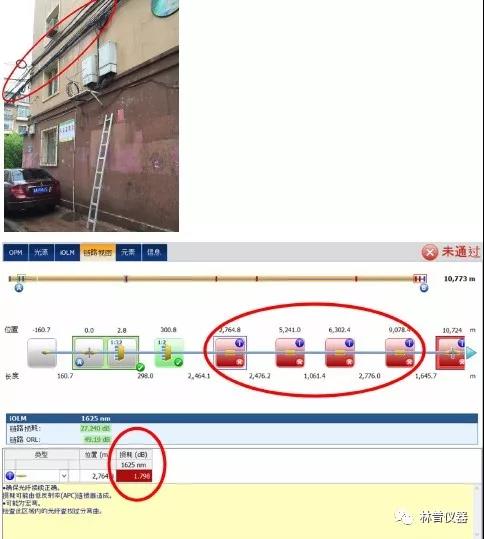
▽ Lifting method
Locate the splicing position of the trunk optical cable, and re-melt the fusion splicer. Increase the ONU receiving power by 3dB, and solve the problem of weak light









